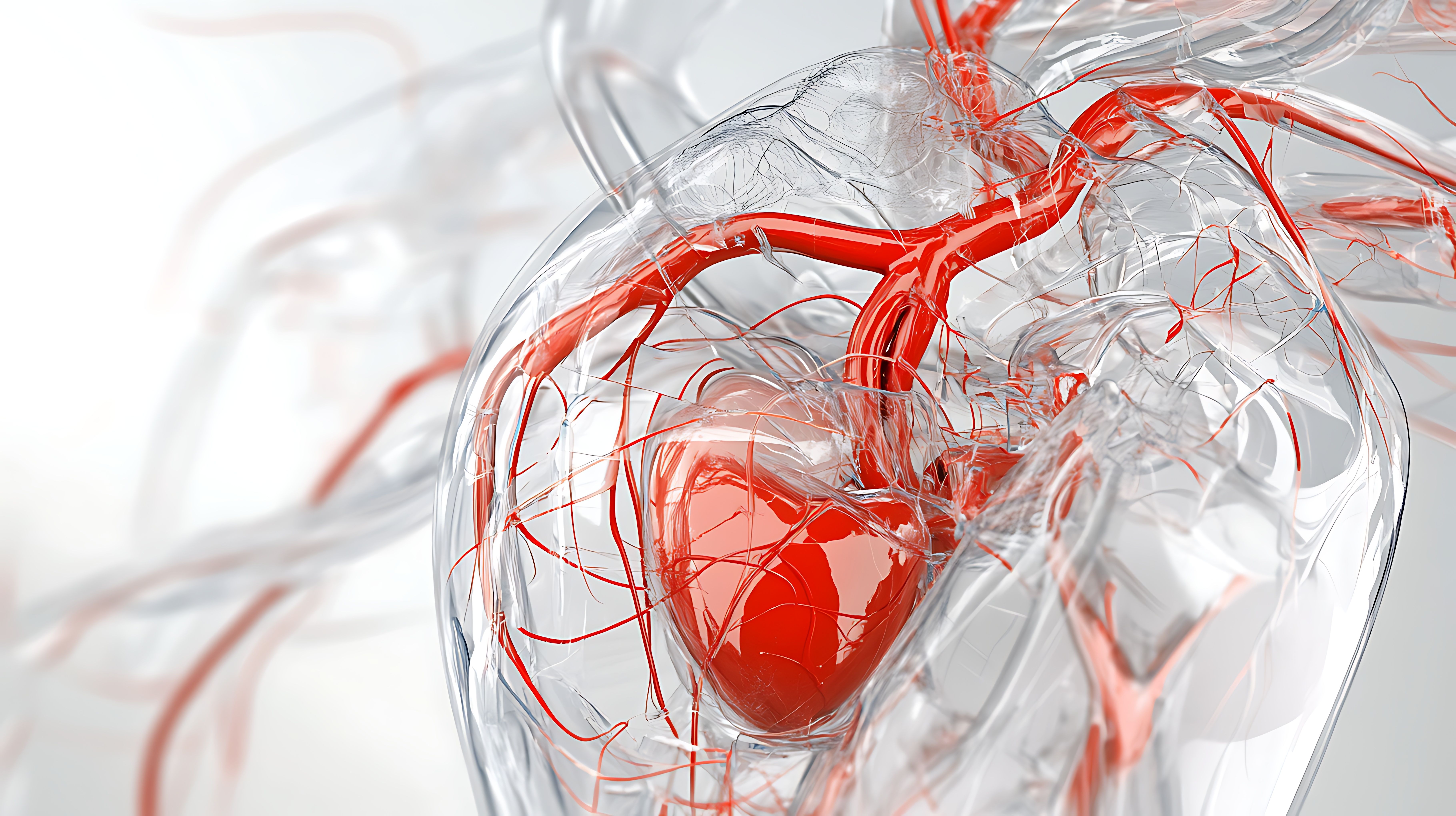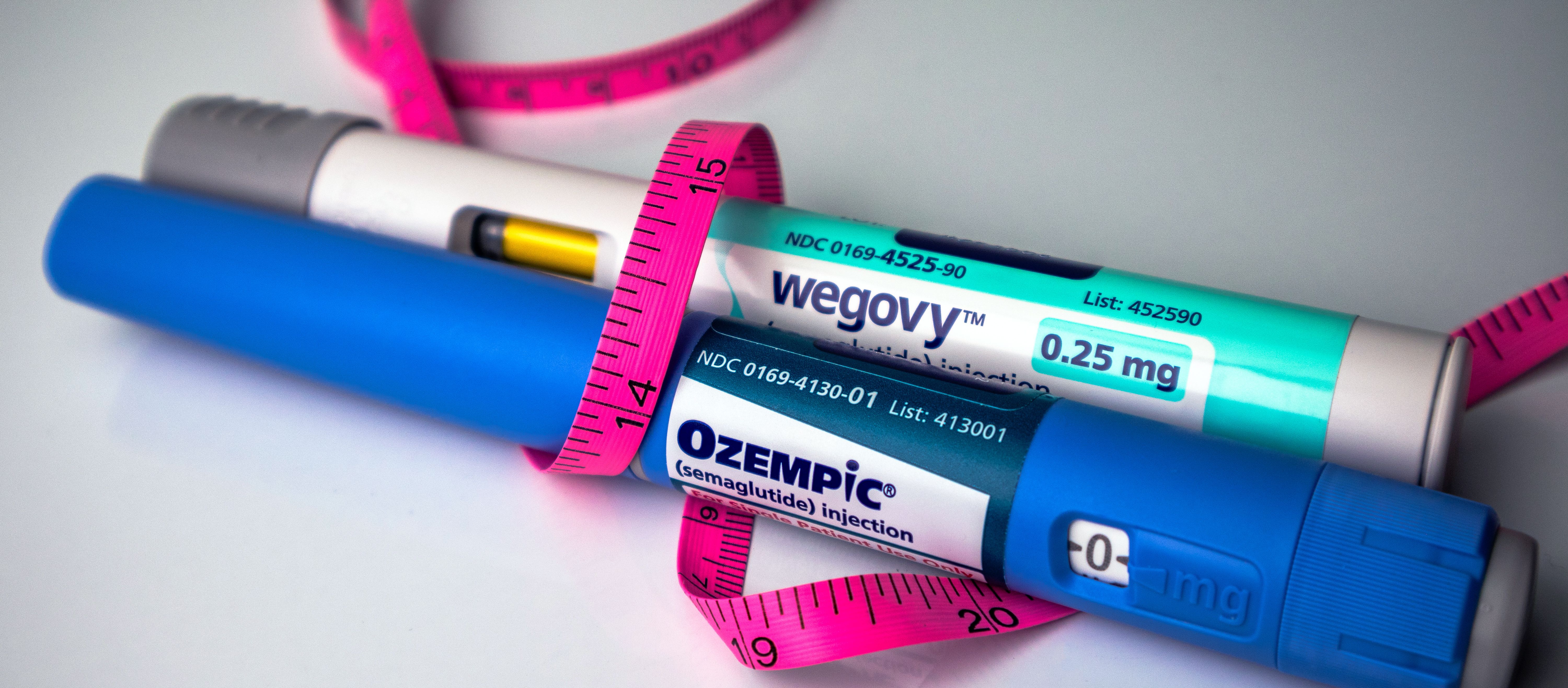Article
Heavy Drinking Increases Risk of AF-Related Adverse Events
Author(s):
Despite heavy alcohol consumption being linked to increased incidence of atrial fibrillation (AF) and bleeding in patients with the condition, recommendations to control heavy drinking among this patient population are lacking.
The association between alcohol consumption and a various host of diseases has been well documented. Specifically, many studies have reported on the relationship between alcohol consumption and cardiovascular (CV) events; in particular, an increased risk for atrial fibrillation (AF).
However, despite current AF management guidelines reporting that heavy alcohol consumption is associated with increased incidence of AF and increased bleeding risk in patients with the condition, there are no recommendations for controlling alcohol consumption in this patient population. A recent study sought to identify the association between alcohol consumption and potential AF-related adverse events (AEs), as well as assess the dose–response relationship between the amount of alcohol consumption and AF-related AEs in patients with diagnosed AF.
The study enrolled 9411 participants who reported their alcohol habits in the past 3 years, including the amount of alcohol consumed per drinking event and the drinking frequency per week. The authors categorized participants into alcohol consumption groups based on the grams of ethanol consumed each week. Abstainers were defined as those who did not drink any alcohol in the past 3 years, and rare drinkers were defined as those who drank occasionally (less than once per month). Light (0-100 g), moderate (100-200 g), and heavy (≥200 g) drinkers were determined according to weekly alcohol consumption amount. The reference group comprised abstainers plus rare drinkers.
The authors categorized AF-related AEs as thromboembolic events, AF hospitalization, and major bleeding. The primary outcome was a composite of thromboembolic events and AF-related hospitalization in order to focus on the prognosis of AF. Although thromboembolic events are among the most serious complications of AF, hospitalization resulting from AF has been used as an indicator of mortality.
The 9411 participants were broken out into 4 groups:
- 7455 (79.2%) were abstainers
- 795 (8.4%) were light drinkers
- 345 (3.7%) were moderate drinkers
- 816 (8.7%) were heavy drinkers.
Participants with greater alcohol consumption were more likely to be younger males. A total of 975 adverse events occurred during the follow-up period—which was a mean (SD) 17.4 (7.3) months, and they included ischemic stroke, transient ischemic attack, systemic embolic event, AF hospitalization, death, or major bleeding.
Participants in the heavy drinking group had a greater risk for the primary composite outcome compared with those in the reference group (adjusted HR [aHR], 1.32; 95% CI, 1.06-1.66; P = .02) while those in the light (aHR, 0.88; 95% CI, 0.68-1.13; P = .31) and moderate (aHR, 0.91; 95% CI, 0.63-1.33; P = .63) drinking groups did not show a significant difference compared with the reference group .
Overall, the authors found that heavy alcohol consumption increases the risk of AF-related adverse events in the AF population, while light or moderate alcohol consumption does not. “This association between heavy drinking and AF-adverse events is highly significant, especially in the AF population with a low risk of stroke and fewer morbidities who are generally considered less vulnerable,” wrote the authors.
Reference
Lim C, Kim T, Yu H, et al. Effect of alcohol consumption on the risk of adverse events in atrial fibrillation: from the Comparison study of drugs for symptom control and complication prevention of atrial fibrillation registry. EP Europace. Published online November 23, 2020. doi:10.1093/europace/euaa340
2 Commerce Drive
Suite 100
Cranbury, NJ 08512
© 2025 MJH Life Sciences® and AJMC®.
All rights reserved.




